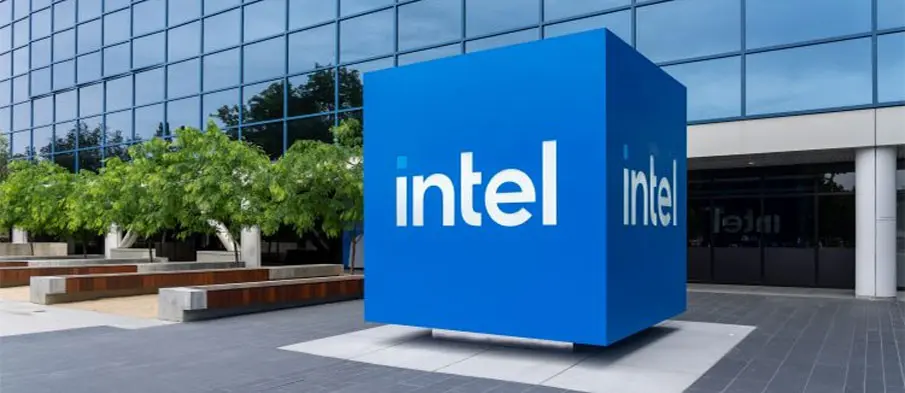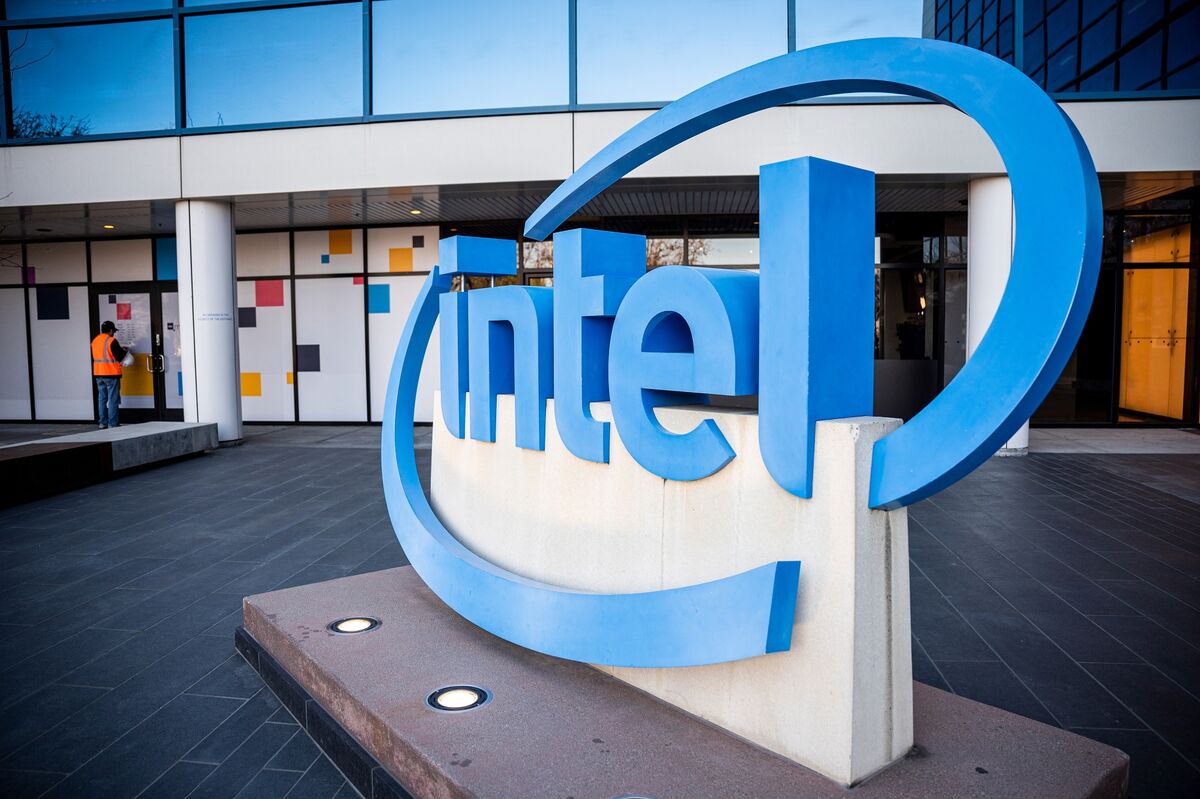Intel Corporation announced Thursday it will reduce its global workforce by approximately 25,000 employees by the end of the year, marking one of the largest job cuts in the tech sector in over a decade. The move comes as part of a broader restructuring aimed at streamlining operations, reducing costs, and refocusing the company on its core semiconductor business amid ongoing financial pressures and a rapidly changing technology landscape.
The layoffs, which will bring Intel’s headcount down from approximately 109,000 employees to around 75,000, are intended to position the company for long-term stability and competitiveness. Intel executives described the decision as a difficult but necessary step in response to shifting market conditions, internal inefficiencies, and the need for a more agile corporate structure.

A Shift in Strategy
The job reductions follow a change in leadership at Intel, with the recent appointment of Lip-Bu Tan as CEO. Tan, a veteran in the semiconductor and venture capital industries, has wasted no time implementing a strategic overhaul of the company. Under his leadership, Intel is pursuing a leaner organizational model with fewer layers of management, faster decision-making processes, and a renewed focus on high-performance chip design.
The company’s transformation includes scaling back investments in non-core operations and delaying or canceling several capital-intensive infrastructure projects. In particular, Intel has halted plans for new manufacturing facilities in parts of Europe and significantly slowed construction at its much-publicized Ohio site. Executives say these changes are meant to align future capacity with realistic market demand and avoid overextension during a time of financial uncertainty.
While Intel has invested heavily in foundry services and next-generation chip architectures over the past few years, these bets have yet to fully pay off. The company has faced delays in product rollouts, rising competition from rivals like AMD, NVIDIA, and TSMC, and shifting customer demands tied to the global surge in AI adoption.
Reducing Operational Complexity
Central to the restructuring is a dramatic simplification of Intel’s corporate hierarchy. Tan has reportedly eliminated approximately half of the company’s management layers, arguing that a flatter organization will lead to greater efficiency, accountability, and faster innovation. Key technical projects, including new chip platforms and manufacturing technologies, will now be subject to direct review by the CEO and a smaller executive team.
Alongside the workforce reductions, Intel is exiting or consolidating several of its international operations. In Costa Rica, the company is winding down much of its assembly and test work, moving those functions to lower-cost locations in Asia. At the same time, thousands of roles related to marketing, administration, and product support are being outsourced or eliminated as part of cost-cutting efforts.
Several non-essential business units, such as Intel’s automotive chip division and various internal software and services teams, are being shut down or sold off. The company is also shifting its internal marketing efforts to external partners, leveraging automation and AI tools to reduce personnel costs while maintaining brand reach.
Financial Context
Intel’s restructuring follows a difficult financial period. Despite modest gains in certain markets, the company has faced mounting losses in others, along with declining margins and rising operating expenses. Analysts have pointed to bloated spending, slow execution, and a lack of clarity in strategic focus as major concerns over the past few years.
The company is now aiming to reduce its annual expenses by billions of dollars, with executives citing a target operating cost structure that is significantly lower than 2024 levels. These savings will be achieved through headcount reductions, project cancellations, and broader efficiency measures across supply chains and development cycles.
Intel leadership believes that by consolidating efforts around its most advanced technologies — such as its 18A process node and next-generation AI accelerators — it can reclaim lost ground in key markets. However, success will depend on execution, particularly in delivering competitive products on time and at scale.
Human Cost and Morale
While investors may welcome the cost-cutting initiative, the human toll of the layoffs is substantial. The 25,000 employees set to lose their jobs span a wide range of roles, from engineers and technicians to administrative and support staff across global offices. Intel has stated that affected workers will be offered severance packages, job placement assistance, and transition support where applicable.

Internally, the mood at the company is described as somber, with employees grappling with uncertainty about the future. The layoffs, combined with the cancellation of long-planned projects and downsizing of international teams, have fueled anxiety across divisions, even among those not directly impacted by job cuts.
Intel’s leadership has acknowledged the emotional and logistical burden of the restructuring but maintains that it is vital for the company’s survival and long-term competitiveness. “These are difficult decisions, but they are necessary ones,” Tan reportedly told employees during an internal briefing. “We must reshape Intel to thrive in a very different world than the one we built ourselves for.”
Outlook
Intel’s strategic reset is one of the boldest in its history. With competition in the semiconductor sector intensifying and technological innovation accelerating at an unprecedented pace, the company faces immense pressure to adapt quickly or risk further erosion of its market share.
As the year progresses, all eyes will be on Intel’s ability to stabilize its business, reinvest in its most promising technologies, and rebuild morale among its remaining workforce. Whether this transformation will mark a new era of resurgence — or a prolonged struggle — remains to be seen.












